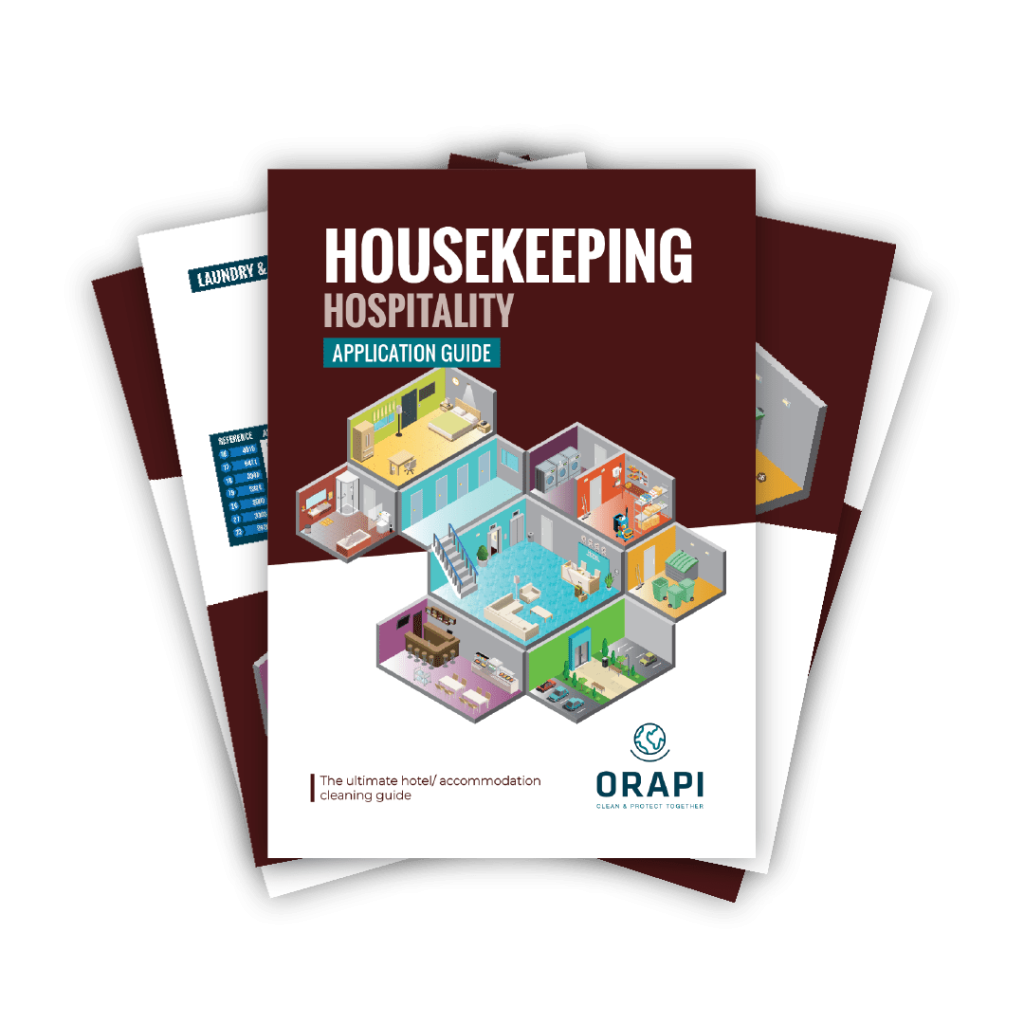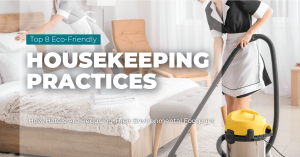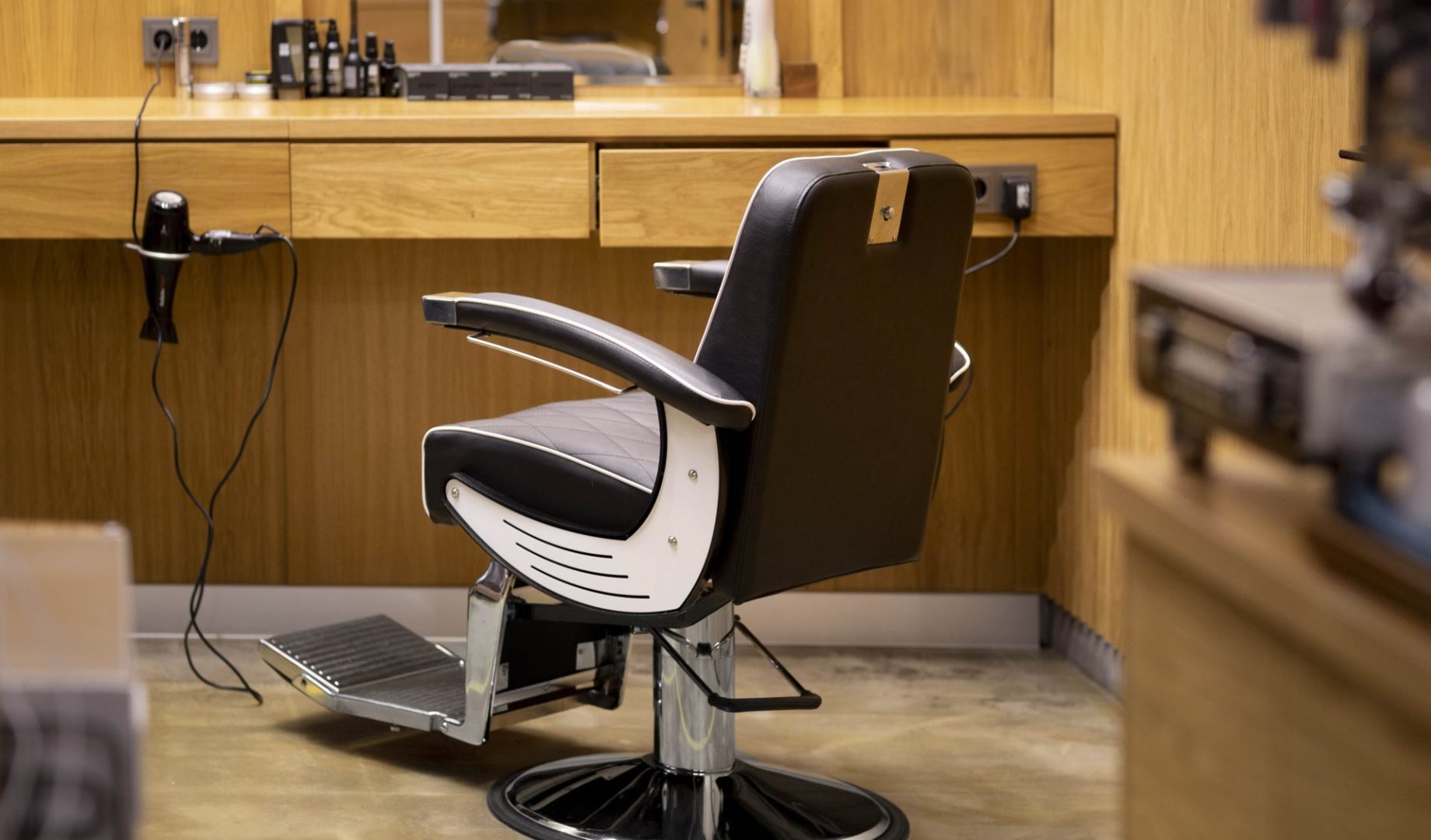
Know Your Terms
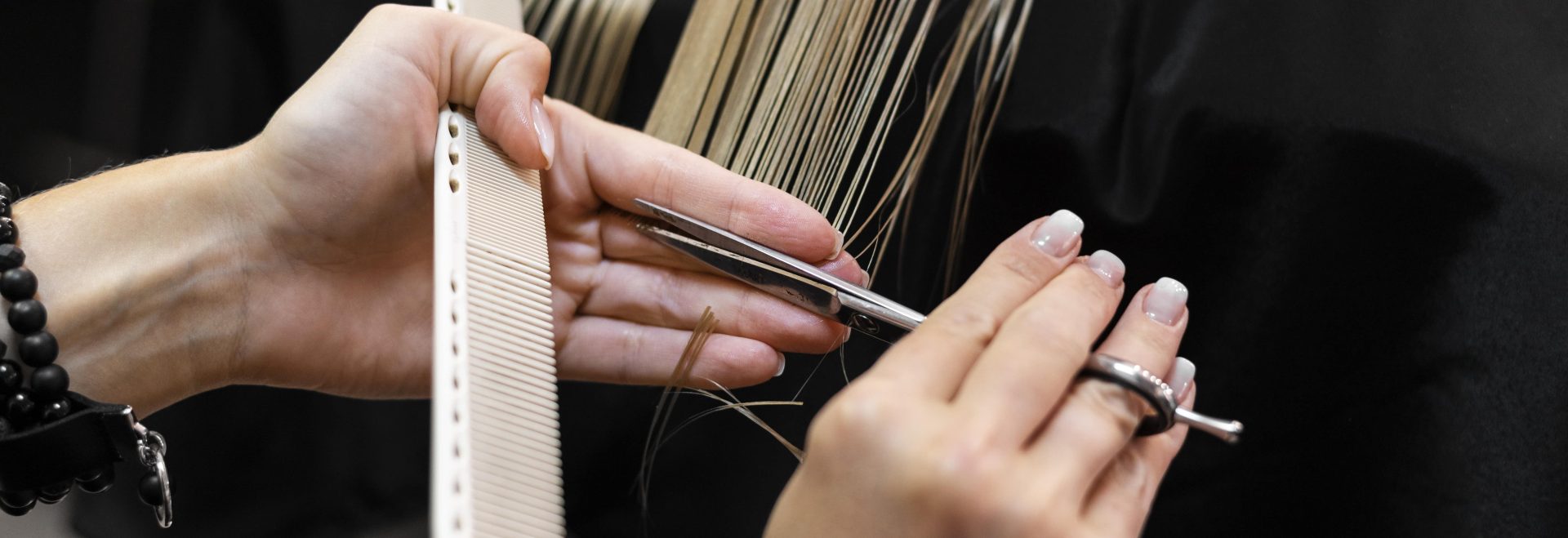
Lean Sanitization Tips, Tricks, and Insights
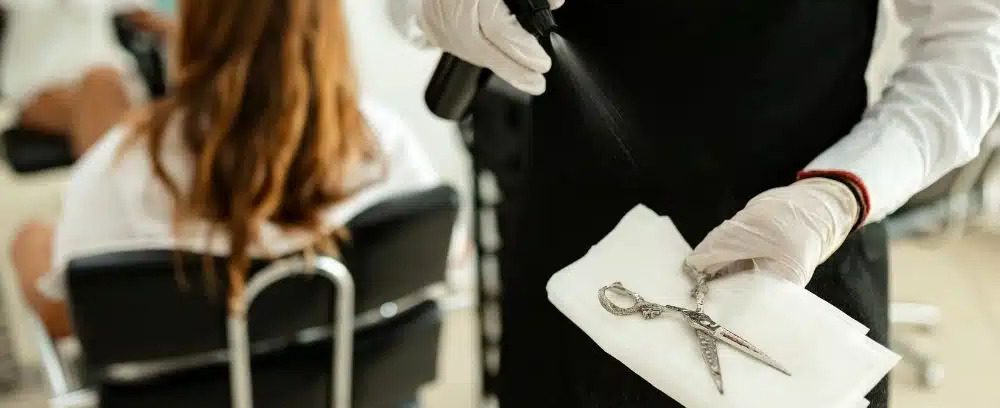
Clean Before Disinfecting
Regularly Swap Out Liquid Disinfectants
Understand Contact Times for Your Equipment
Wear Personal Protective Equipment (PPE)
Adopt Single-Use Principle When Possible
Tips for Cleaning Salon Tools
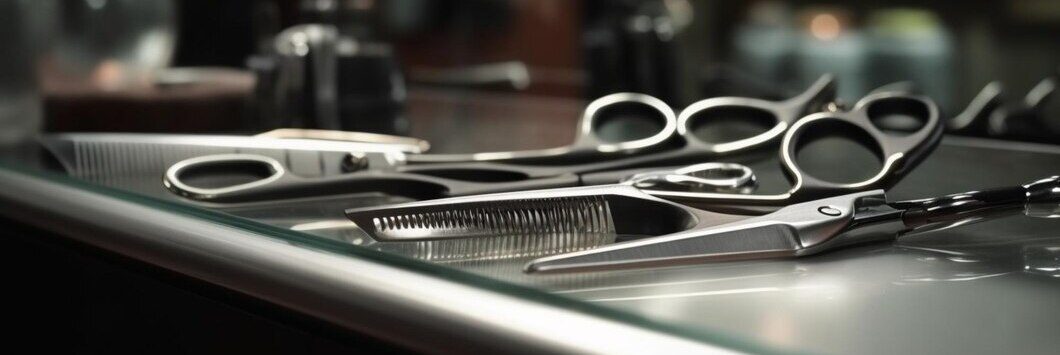
Flat Irons and Other Heater Styling Tools
Clean your heated styling tools at the end of each day.
To remove buildup on heated styling tools like flat irons, start by inspecting them for residue, particularly along the sides. Use a wet washcloth with mild soap to soften the buildup and scrub it away, focusing on specific areas while keeping the plates or barrel dry. Avoid submerging the tool in water. If needed, use disinfectant on a cotton swab or a coin/credit card to remove stubborn residue. Regular cleaning prevents hair from getting caught, ensuring smoother styling sessions.
Razors
Shears
Brushes and Combs
Clippers
Conclusion: Salon Cleaning
When it comes to salon cleaning, the commitment to excellence extends far beyond style and aesthetics; it encompasses a dedication to the safety and well-being of clientele, particularly in the face of the ongoing COVID-19 pandemic. As this article explains, mastering the nuances of cleanliness, sanitation, and safety protocols is paramount. From understanding the important differences between cleaning, sanitizing, and disinfecting to adopting meticulous practices in tool maintenance and personal protective equipment, stylists play a pivotal role in fostering a hygienic environment. By implementing the insights shared here, stylists not only elevate the quality of their services but also uphold their responsibility to safeguard the health of those they serve, ensuring confidence and peace of mind with every haircut.
